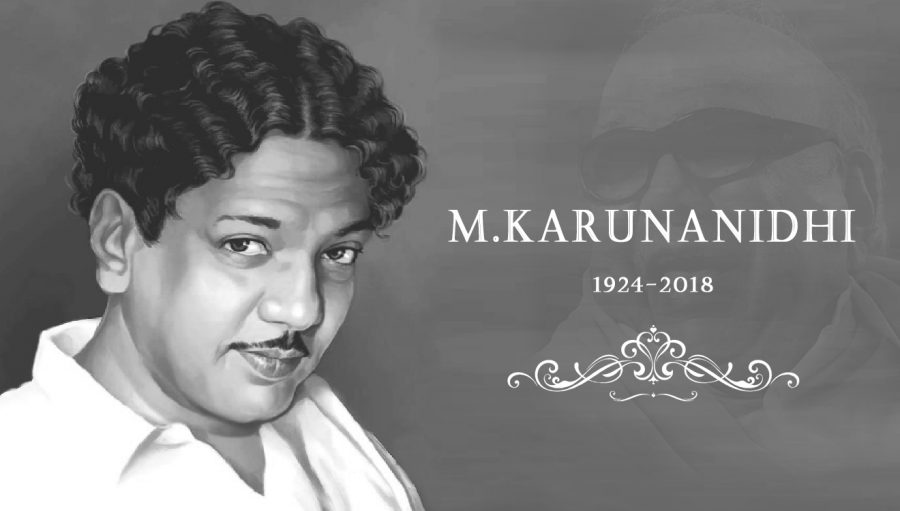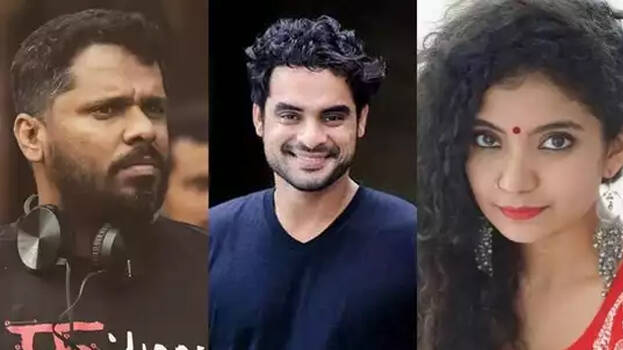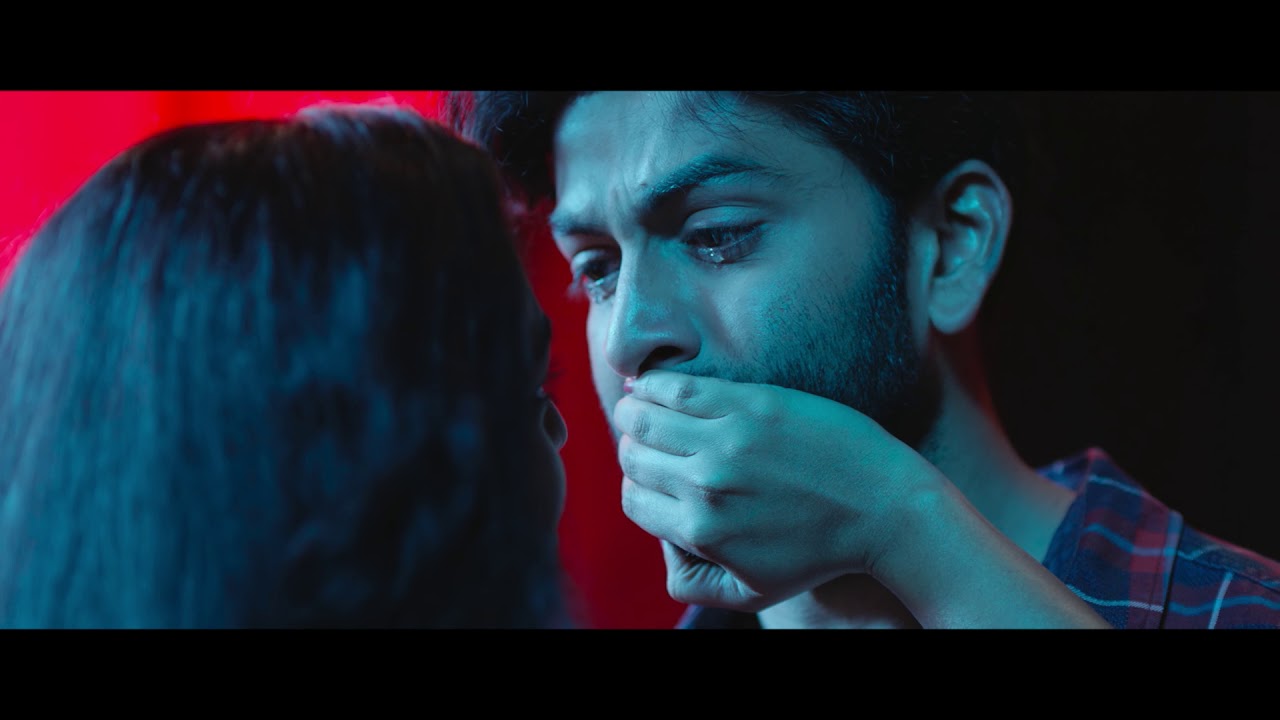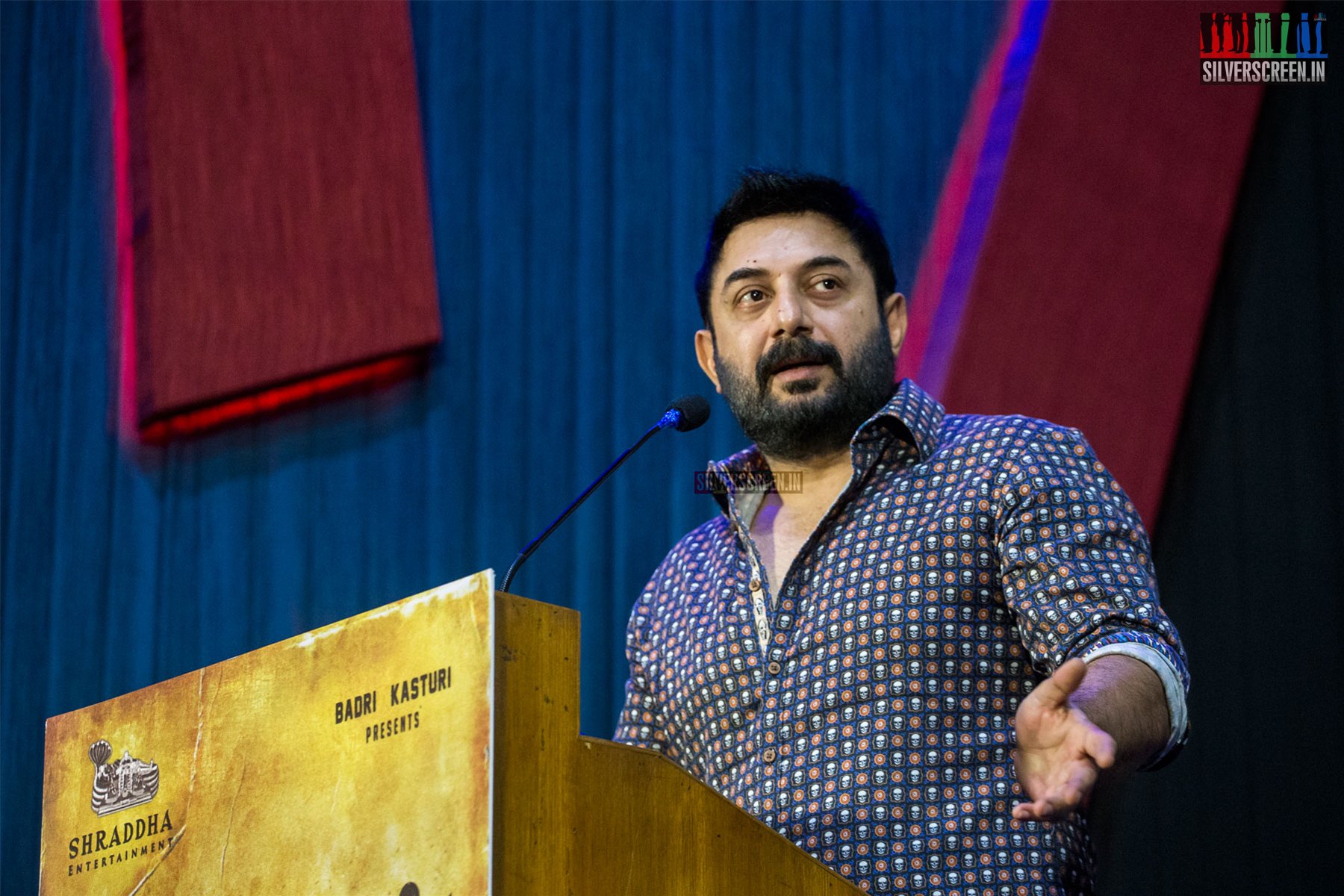June 3, 1924 – August 7, 2018
M Karunanidhi lived a full life, striding like a colossus across the fields of literature, cinema and politics. He started his career as a screenwriter. His films became a mouthpiece for the Dravidian movement. At 33, he entered the Tamil Nadu Assembly after winning the Kulithalai seat in 1957. He has been the president of the Dravida Munnetra Kazhagam since 1969 and was elected Chief Minister of Tamil Nadu five times. In this tribute, we retrace how he used cinema to showcase his brand of politics and to bring about societal change.
A dishevelled-looking hero takes the witness box; he’s anything but timid. He pours forth a scorn for society with lines crafted by a wordsmith, and eyes that radiate anger. Even today, 56 years after it was first screened, the nearly five-minute-long court scene in Parasakthi can leave one awestruck. Not just for the fiery dialogues by M Karunanidhi or newcomer Sivaji Ganesan’s feisty performance, but also for the thought behind the dialogues, and for being among the first few movies to spread an ideology that was still a spark in someone’s eyes.
Through Sivaji, Karunanidhi spoke of the plight of women, the avarice of people, the unholy thoughts of certain so-called holy men, and how places of worship were becoming dens of vice. Revolutionary thoughts to propagate then, but after all these years, you can’t but wonder — did he foresee what would happen decades later?
Karunanidhi, who died at the age of 94 following age-related complications, pushed forth the idea of a new political order that changed the fate lines of Tamil Nadu. He learnt from tall leaders — Periyar, the founding father of the Dravidian Movement who questioned the subjugation of non-Brahmins and spoke in favour of rationalism, self-respect, eradication of caste and emancipation of women; and CN Annadurai, who founded the Dravida Munnetra Kazhagam (DMK) and actively used the medium of films to promote its principles. Among the party’s stars were Karunanidhi and MG Ramachandran; the friends later had a fallout and ended up heading two parties — the DMK and All India Anna Dravida Munnetra Kazhagam (AIADMK). Karunanidhi headed the party for almost five decades, till his demise.
Kalaignar, the title bestowed on Karunanidhi, sat well on the writer-politician. Over the years, he knew how to use movies to nudge people into thinking differently. He wielded Tamizh like a sculptor – using words to chisel away at existing structures. He also had the ability to write in paechu tamizh, the language of the masses, thereby stripping away any elitism associated with the written word.
If Panam threw the spotlight on the ills of money, Thirumbipaar, a satire, took pot-shots at adultery and womanising. Manohara, a historical drama, was used to speak of righteousness and MGR’s Malaikallan espoused the idea of a native Robinhood.
He produced a treasure trove of literary works, both prose and poetry, and continued to write for films. Two of his stories were adapted into films in 2011 – Ilaignan and Ponnar Shankar – but did not find much favour with an audience not familiar with his theatrical style of writing.
The 80s yielded a rich haul of movies that not just spoke of social injustice but also about family structure. And, at a time when working women in cinema were not just unrepresented but also ridiculed, he celebrated them. For instance, in Paasa Paravaigal (1988) Sivakumar’s lawyer-wife and sister, played by Lakshmi and Radhika, are toasted by their spouses and family, besides society. They are working women, but ultimately what drives them is love for the family unit. In some small way, the idea of working women trickled into theatres and possibly into hearts.
Earlier, in Palaivana Rojakkal (1985), he dealt with how corruption in politics is exposed. Neethikku Dandanai (1987) literally translates into punishment for law. The dialogues cut through like a hot knife through butter and hit what they had to – people’s consciousness. Which is also why, despite not being in the public eye like the charismatic MGR, Karunanidhi steadfastly earned people’s devotion and love.
While the movie-watching generation post 1990 might not have had the patience to sit through wordy dialogues and a storyline that took a moral stand, if they sifted through what they saw on screen, they would have found a kernel that had its heart in the right place.
Recommended
Today, if the state of Tamil Nadu speaks of issues with conviction, rears the head of protest when it sees injustice and melts with tenderness seeing the plight of the downtrodden, credit must go the Dravidian Movement, and to Karunanidhi in particular, for making Tamizh pride a mainstream topic.
For that, he will live on. The change he brought about might not be tangible, but the books and scripts he wrote and the monuments to Thiruvalluvar he constructed — Valluvar Kottam in Chennai and the 133-feet statue of the sage in Kanyakumari — will continue to speak of what ultimately drove him. A deep love for Tamizh and a fierce sense of pride in being one. After all, like Sivaji’s character in Parasakthi says, “Tamizhnaadu is his thiruvidam” (holy place).
And that is where he will rest forever.
*****



